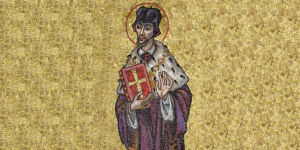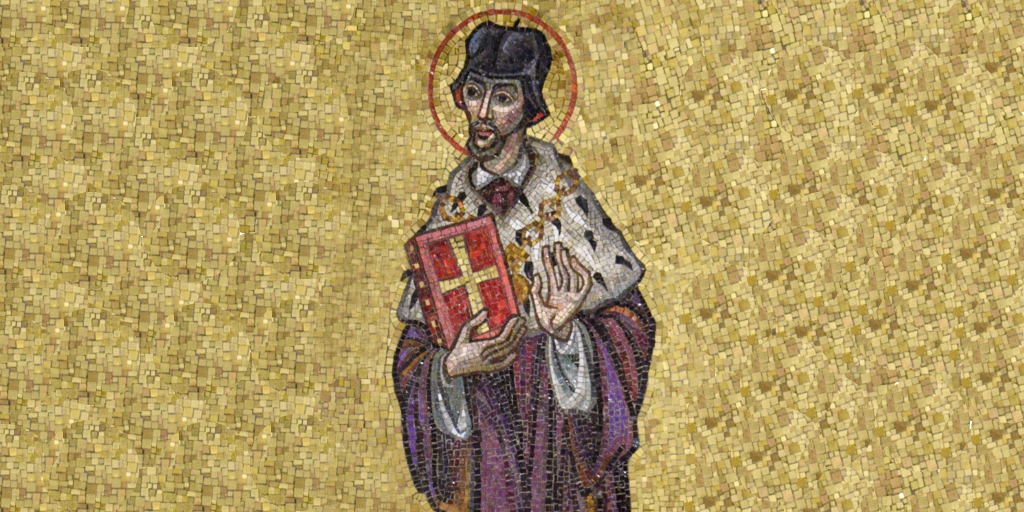
Every December, the Church celebrates many saints with feast days and memorials, honoring their unique contributions to the faith and reflecting on their examples of service. From the patron saint of missions to the father of the Catholic press, these saints each have something to teach us. Read about five saints celebrated this month, and why you should know their stories.
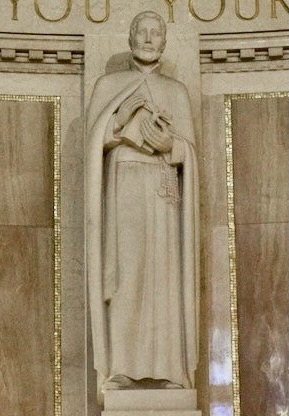
December 3 – St. Francis Xavier
Born in 1506, Francis studied at the University of Paris and became one of the founding members of the Society of Jesus. His vocation as a missionary began in 1541, when he first departed for India. There, he tried innovative methods to reach people with the Gospel – whether that meant dressing like a pauper or setting verses to popular tunes to be relatable to the lower classes.
After a few years in India, Francis felt called to continue his mission work in Japan alongside a small group of fellow Catholics. Instead of dressing humbly like he did in Goa, Francis found that more people were interested in speaking with him if he appeared wealthy and important. So, he dressed in fine robes and had his fellow missionaries pretend to be his attendants. Francis was quickly accepted into Japanese society, where local officials liked him so much that they permitted him to freely hold services in an unused Buddhist temple. After just two years, Francis had helped lead nearly 2,000 people to Christ, and planted the seeds of a ministry that would continue to flourish as other missionaries came to serve in Japan. Francis passed away in 1552 while en route to a new mission in China.
December 4 – St. John Damascene
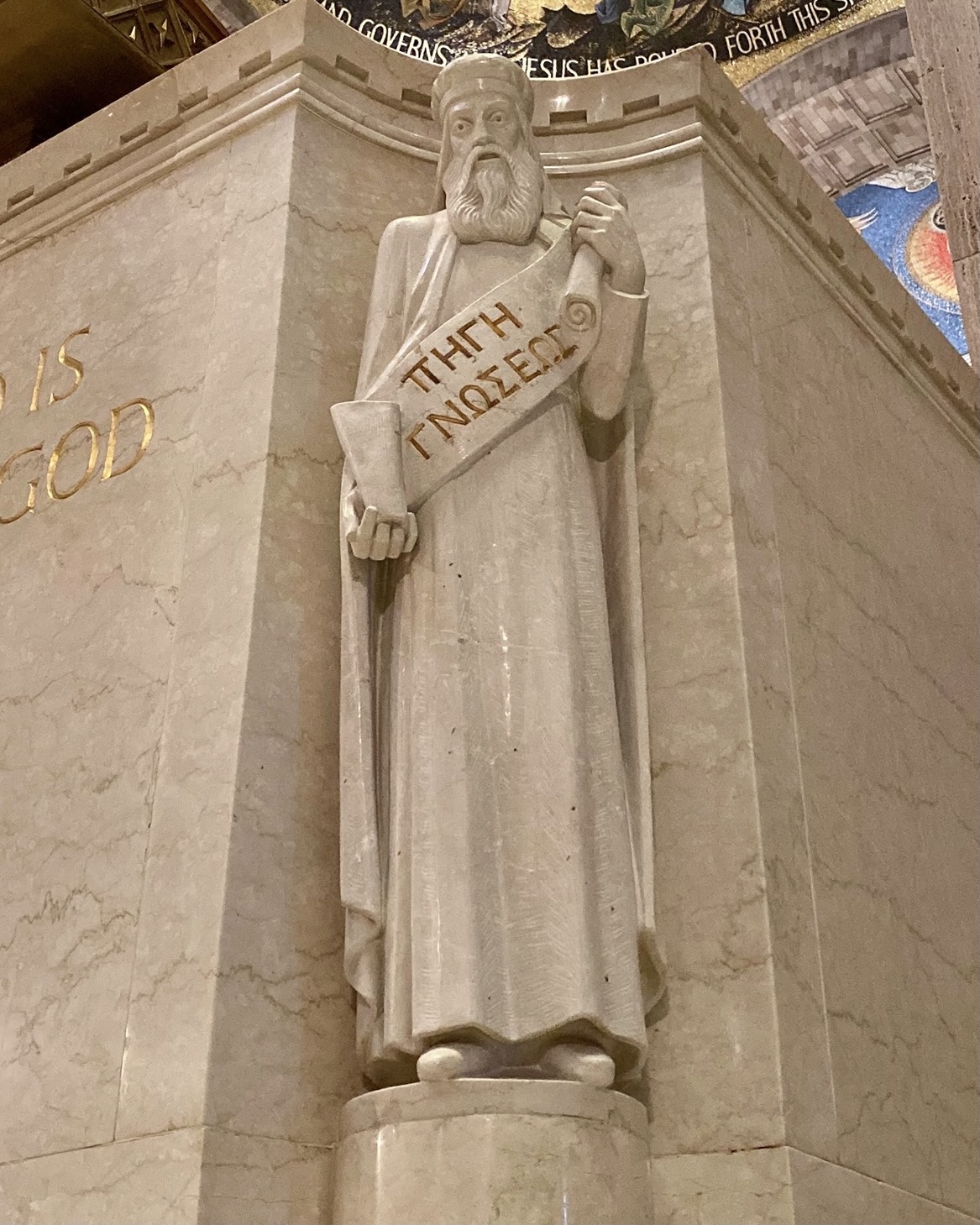
Born to a prosperous Christian family in 690, St. John Damascene was raised in Damascus, Syria, and received a robust education in science, mathematics, literature, and logic. After working as treasurer of the caliphate for a few years, John grew weary of the court lifestyle and journeyed to Israel, where he and his adopted brother Cosmas became members of the St. Sabas monastery near Jerusalem. It was there that John discovered his appreciation of art and began composing hymns and writing books with his brother. Amidst the era’s debates over iconography, John and Cosmas promoted the idea that such depictions were not idols, but tools that could be used to encourage devotion and reverence among the faithful. Though the Byzantine emperors criticized John for his strong advocacy of iconography, he felt that God would want the faithful to appreciate wonder and beauty wherever it could be found.
After living at the monastery, John was ordained and served as a priest in Jerusalem before returning to St. Sabas monastery, where he spent the remainder of his life. He continued his creative explorations, writing poetry as well as more serious works on theology, philosophy, morality, and Scripture. His three Discourses against those who calumniate the Holy Images are some of his most acclaimed works. John passed away in 749 at the age of 59, and was declared to be a Doctor of the Universal Church by Pope Leo XIII in 1890 for his contributions to the faith.
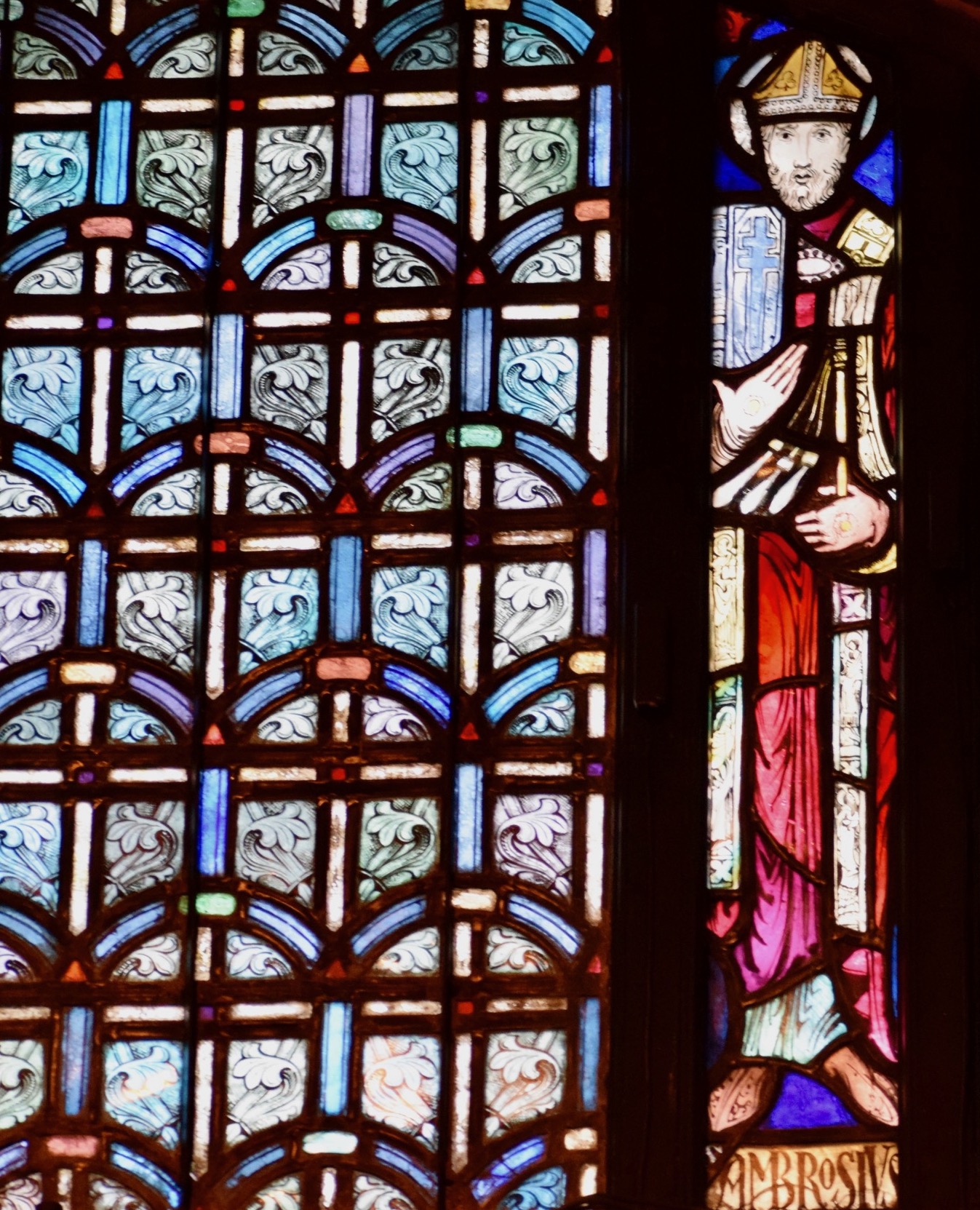
December 7 – St. Ambrose
Born in 339, Ambrose was the son of a high-ranking government official in Rome, and grew up to serve as the governor of northern Italy. Later, when the death of the bishop of Milan set the region into chaos, Ambrose’s level-headed response won him the notice of the crowds, who starting shouting for him to be successor. When he had a chance, he escaped from the building and went into hiding. Despite the fact that he had not even been baptized and did not wish for the position, within a week, on December 7, 374, Ambrose was baptized and consecrated bishop of Milan.
Though he had previously lived a secular life, Ambrose fully poured himself into religious life following his appointment, studying Scripture and theology and praying daily. He was soon preaching each Sunday, and even gifted all his possessions to the underprivileged. A thoughtful and attentive leader, he shepherded the Church through a tumultuous era, shaping key areas of Christian doctrine and being unafraid to stand against secular excesses in authority.
Over the course of his life, Ambrose was a prolific author, penning essays on asceticism, theology, spirituality, and contemporary issues of the era. He is also believed to have been influential in St. Augustine’s conversion to Christ, baptizing him in 386. Ambrose was 57 when he passed away on Good Friday in 397. He is the patron of beekeepers and learners, and Milan.
December 21 – St. Peter Canisius
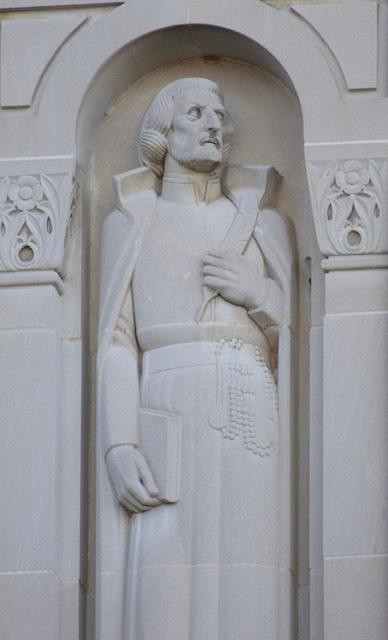
Peter was born in Nijmegen, Holland in 1521 to an accomplished family. At the age of 19, Peter received a master’s degree from the University of Cologne and went on to study law at the Louvain. But despite his father’s wishes for him, Peter found that he was ill-suited to a law career and returned to Cologne to study theology. It was there he joined the Jesuits in 1543 and was later ordained in 1546. As one of the first members of the Society of Jesus, Peter’s ministry took him over thousands of miles across a variety of countries, traveling both on horseback and on foot. He taught and preached to counter Protestantism.
Peter’s Protestant opposers sometimes referred to him as “the dog,” playing on the literal translation of his surname. Nevertheless, he unceasingly treated them graciously and respectfully. Rather than single out Protestant positions in his Catechism, he simply offered a clear, positive statement of Catholic doctrine, systematically written in the form of questions and answers.
After Martin Luther used the printed word to spread his concerns about the church, Canisius utilized the printed word for the Counter-Reformation. His Catechism was printed hundreds of times and translated into 15 languages. Whether through teaching, preaching, editing or writing, he devoted significant time to educating the public, and eventually founded the University of Fribourg in Switzerland. He passed away peacefully at the age of 71.
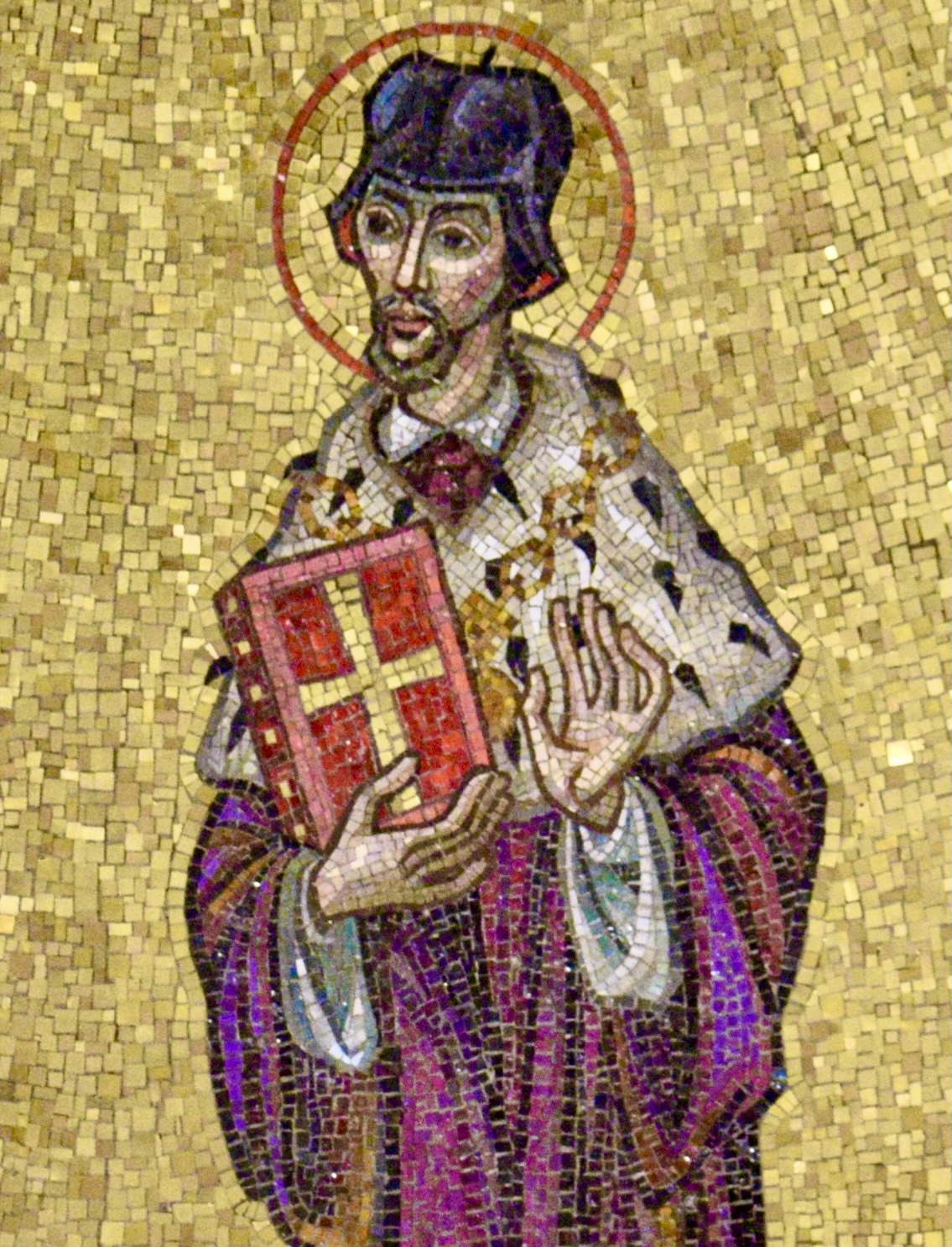
December 23 – St. John Kanty (John of Cantius)
A man of humble origins, John was born in the Polish town of Kenty around the turn of the 15th century and graduated with a doctorate from the Academy of Krakow, where he became a professor of theology following his ordination as a priest. However, John’s tenure did not last long, as fellow professors grew jealous of how popular he became with the students, and falsely accused him of wrongdoing. Without even giving him a chance to defend himself, the school leaders sent him to serve as a parish priest at the town of Olkusz.
Though John poured his whole heart into serving his parishioners, he hadn’t given up on the academy; when the charges against him were proven invalid years later, he returned to the Academy of Krakow to serve as the professor of Sacred Scripture. Despite all the ill will he had suffered at the school, he did not behave self-righteously, but forgave those who wronged him, and gave most of his earnings to others in need. Over the course of his life, John made several pilgrimages, one to Jerusalem and four to Rome, and it is believed that he performed several miracles. He passed away in 1473 at the age of 61, and was canonized by Pope Clement XIII in 1767.
Sources:
Butler’s Lives of the Saints, ed. by Bernard Bangley.
Rohling, Geraldine M., PhD, MAEd. The Basilica of the National Shrine of the Immaculate Conception: Guide and Tour Book. Washington, D.C.: Basilica of the National Shrine of the Immaculate Conception, 2018.
Speech given by Pope Benedict XVI at St. Peter’s Square on Wednesday, 6 May 2009. The Vatican.
“St. John Cantius,” New Advent.
“St. John of Kanty,” Catholic.org.
The Way of Saints, Tom Cowan.

